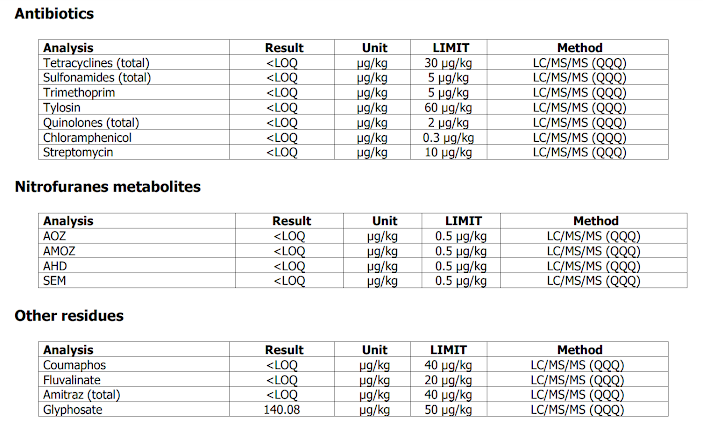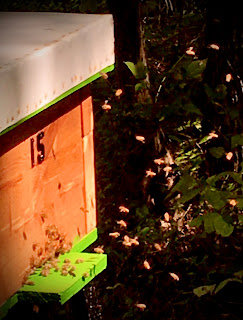Oxen and the Future of Farming
In early August, after leaving Baghdad, I decided to unwind a bit by taking an “Oxen Basics Workshop” at Sanborn Mill Farm, near Concord, New Hampshire. Lasting three days, the workshop was not only a superb opportunity to learn about the basics of using oxen in farming and more about the whole approach to agriculture that draft animals require, but it was also an introduction to the “oxen users community,” a very diverse group of highly intelligent and dedicated agrarians who see the value in traditional methods for rescuing modern agriculture in the 21st century. As it turns out, that workshop also exposed me to a way of farming that may well prove to be the best approach to modern agriculture for the people of South Sudan.
Oxen-powered farming today exists mostly in New England. The small farms, hilly terrain, and rocky land lend themselves to the use of oxen whereas in the rest of the country, most animal-powered agriculture is done with horses and mules. There is also a long and rich tradition of using oxen in New England and that tradition is kept alive today through 4-H, oxen competitions, workshops, and even oxen courses at the university level.
Having taken a draft horse workshop back in April in Vermont, I thought I understood all there was to know about the use of draft animals in farming. Oxen, horses, mules - what’s the difference? Does the choice of animal really matter as long as it pulls the wagon or plow? As it turns out, draft animal advocates are quite passionate about their choices. Oxen developed as a way to utilize male dairy calves - after all, a dairy herd need only needs so many bulls and the male calves are not as good for meat as beef calves would be, so might as well put them to work!
Working with oxen is very differently paced from working with horses. The choice between equine and bovine is not always a choice the farmer can make as his or her own circumstances usually dictate availability. Horses and mules are faster and for some ground-driven implements, such as sickle mowers, they are required as oxen are simply too slow. Oxen are driven with a goad whereas horses allow the use of reins. This is a decided advantage when working with certain implements such as a plow or harrow, where the farmer needs to be with the implement to control its use. With horses, the farmer can manage both from behind or on the implement, but oxen typically require another person to control the animals from the front, while the farmer controls the implement from the back. For hauling wagons or dragging logs or a stone boat, both animals are great, although the horses are certainly faster for pulling a wagon on a road. But for field work, both animals are better on the land, treat the soil better, and can work in forested areas much better than mechanized equipment. And compared to tractors, all draft animals share the advantages of providing fertilizer to the farm, not requiring fossil fuels, and are readily replaced at low capital cost, some even replacing themselves.
In the pioneer days, most pioneers traveling across the United States in covered wagons used oxen to pull their wagons. Oxen could work longer, got all their food from grazing, and if worse came to worst, the pioneers could always eat them. Indian raids seldom resulted in lost oxen as the Indians wanted the horses, not cattle. And the slow, steady pace of the oxen across the prairies and over the mountains was very reassuring to the pioneers in its own way as they ticked off the days and got closer to their dreams of new homes in a promised land.
Draft animal advocates tend to be passionate about their animals. Whether they use oxen, horses, mules, or donkeys, their animals have names, they relate to them, they usually understand and appreciate their personalities, and they may well use them for many years before retiring or selling them. My own teacher in the workshop was a young man, only nineteen years of age, who was studying violin in college and had performed for the New Hampshire Symphony Orchestra. Thomas had two huge oxen named Bo and Luke that I was privileged to work with the entire time. Thomas showed me a photo of his previous pair of oxen and told me of his plans to have a ranch one day where he would raise and train oxen.
One of the other teachers was a professor at the University of New Hampshire who wrote the definitive book on oxen and had worked in several countries in Africa promoting oxen farming. Another teacher was a high school boy who was literally following in his father’s footsteps of using oxen on the family farm. This farm incidentally, was granted to the boy’s ancestors by the King of England and his family was still farming the land more than 200 years later. Across the board, all the teachers and participants were college graduates, professionals, academics, and some hard-core farmers who understood the value of traditional methods in modern agriculture.
After completing the workshop, which culminated in driving a team of oxen pulling a two-wheel cart through an obstacle course, we all went our separate ways. But the value and importance of using draft animals in agriculture was more firmly implanted in my mind as I came to understand the value, both environmental and financial, that draft animals can bring to farmers.
From a purely financial perspective, draft animals can mean the difference between profit and loss on a smaller farm. For the small farmer, a pair of horses or oxen with a Pioneer “Homesteader” may be all you need to get started with farming - and at a far lower cost than buying a tractor and implements, even used. Working with animals is also far healthier for the farmer. Rather than sitting on a tractor all day, the farmer is using his body and getting exercise. Many is the “tractor farmer” that is fat, but I have yet to see a fat farmer using draft animals regularly.
Best of all, though, the use of draft animals should be part of a holistic approach to farming that not only rejects mechanization and its reliance on fossil fuels, but also the use of chemical fertilizers and other chemical inputs. In short, the farmer relies on nature and natural methods. He works on a smaller scale, at a slower pace, and probably at a higher profit margin per acre, thereby allowing the land to support more families, and therefore more communities. In short, it’s better for the land, better for the farmer, better for the food produced, and better for the community.


